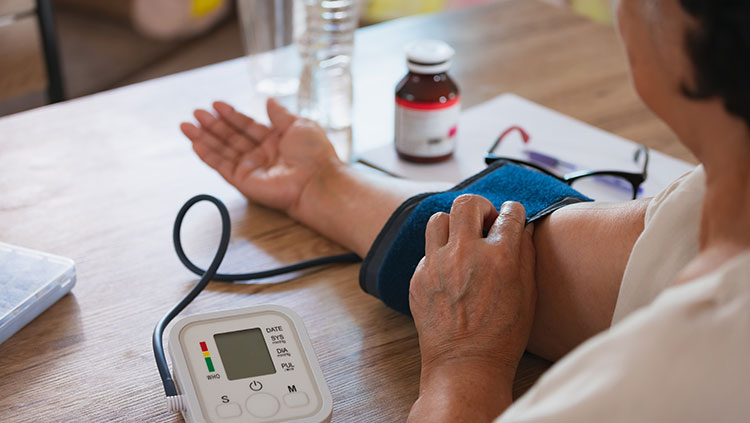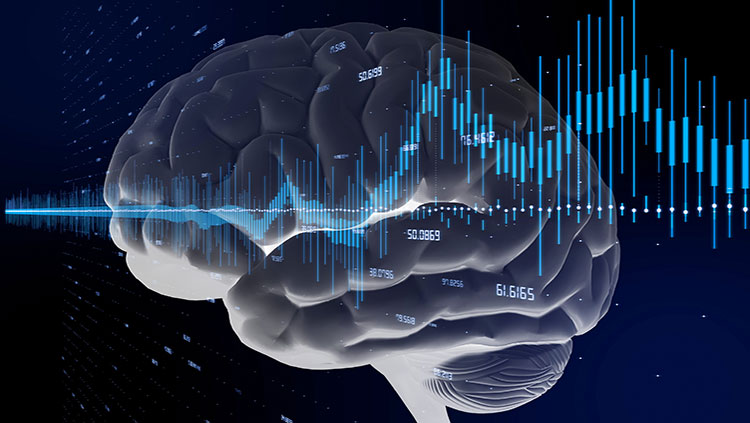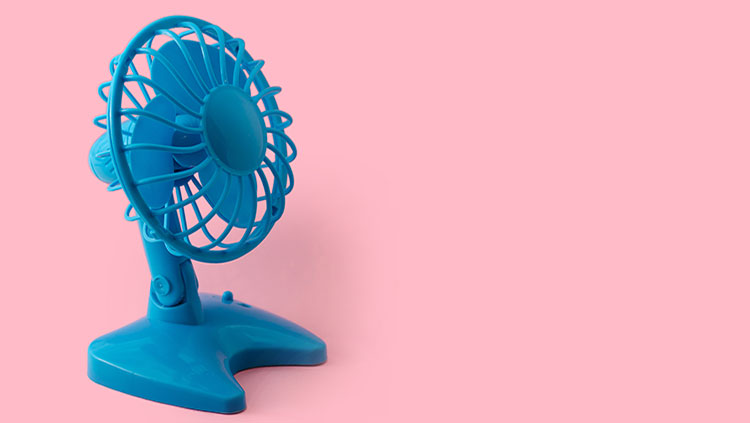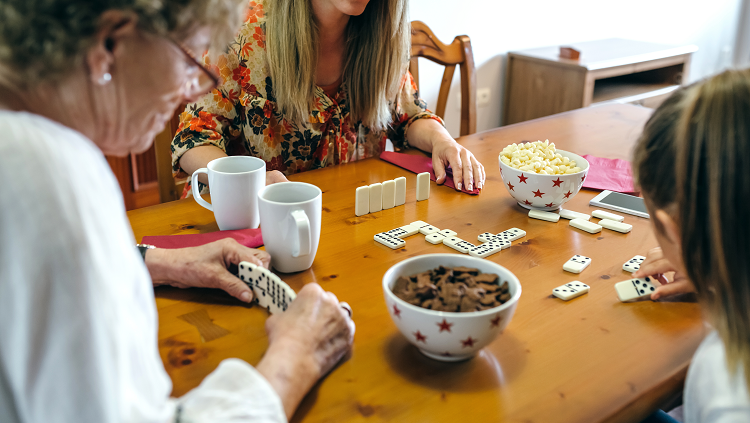My Grandmother once offered me her brain so that I could put it in a jar and keep it on my desk at work.
“That’s very kind of you, Gram, but no thanks. That’s kind of creepy!”
We both laughed.
Her offer wasn’t quite out of the blue. I had been telling her how my department had a human brain in a jar that I borrowed when talking to undergraduates about neuroscience research. I related to her how when I pulled it out of the bag I kept it in, it always brought silence until one person finally asked if it was real. The brain in the jar was my rabbit in a hat. It was my in to start talking about a subject I was passionate about: how one’s brain makes us who we are.
I think she could see my excitement when I described how much I liked talking about the brain to people and she wanted to make me happy. Giving me her brain to make me happy seemed like a no-brainer to her.
That conversation took place over a decade ago. The memory is bittersweet for me since it is her brain that is taking her away from me now.
My Grandma suffered a “major” stroke in the beginning of July. I put the word major in quotes because there is no such stroke called major. All strokes involve blood being cut off from the brain leading in cell damage or death. There are ischemic and hemorrhagic stroke types. The former type involves a blockage of a blood vessel; the latter type involves the bursting of a blood vessel. No matter the name, the result is that some brain cells are deprived of their energy supply. In the best case scenario, these cells are damaged and may or may not be repaired; in the worst case, they die and cannot be replaced.
The brain is a massive organ, but it is pretty well organized. There are specialized areas of the brain that make us move, think, feel, see, and all other things we do. Neuroscientists talk about the structure and function of the brain – certain brain structures have certain behavioral functions. Given this layout, the location of the stroke in the brain will determine what types of deficits are seen after a stroke.
One common deficit stroke patients experience is difficulty in initiating or understanding speech. This excellent video from the 2011 Brain Awareness Video contest does a remarkable job in explaining aphasia, the scientific word for productive and receptive language loss. My Grandma is experiencing aphasia which makes it difficult to understand her. Mercifully, she can still say “I love you” with clarity.
Another common deficit is paralysis. The motor cortex controls and initiates body movements. The left motor cortex controls the right side of the body; the right motor cortex controls the left side of the body. My Grandma is right-side paralyzed which means the stroke must have happened on the left side of her brain. This has been confirmed with a CT scan which is a tool that takes a picture of the brain using specialized x-rays.
Treatment for strokes is dependent on the specific types of deficits the person experiences. The good news is that our brains are “plastic”. I’m not talking about the hard plastic substance that things are made of, but rather a property that the brain possesses. Plasticity in brain function means that the brain can re-route information around the injured areas of the brain to re-gain functions that were once lost.
Many forms of physical and speech therapy can help regain movement and language with a lot of hard work on the part of the patient. Some patients can learn to sit or stand or walk or speak again after several weeks to months to years of therapy (the exact time course and prognosis varies person to person). These therapies are essentially re-building the connections that were lost as the result of the stroke by re-training parts of the brain that are still healthy to take over for the parts of the brain that are injured.
While I find this all fascinating as a neuroscientist, I find it a bit depressing as a granddaughter. My Grandma is not a stroke. She once offered me her brain. I just wish I could fix it now. But I can’t. I am not a neurologist (and even if I was, there’s no guarantee that I could fix it). What I can do is try to make sense of this thing called life that we experience through and with our brains. What I can do is be there for her as she has been there for me. And I can love her with all my brain.
This post is dedicated to my Grandmother, my family, and to anyone who has been affected by stroke.
Also In Aging
Trending
Popular articles on BrainFacts.org







.jpg)










